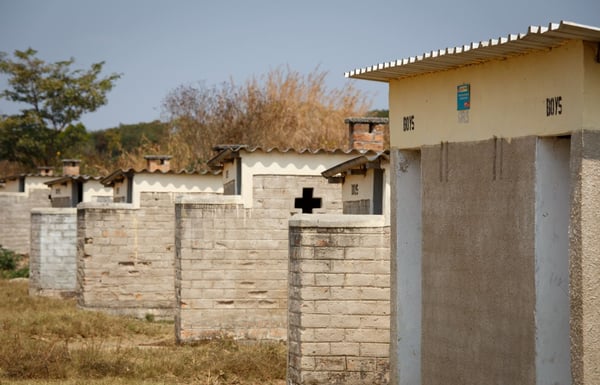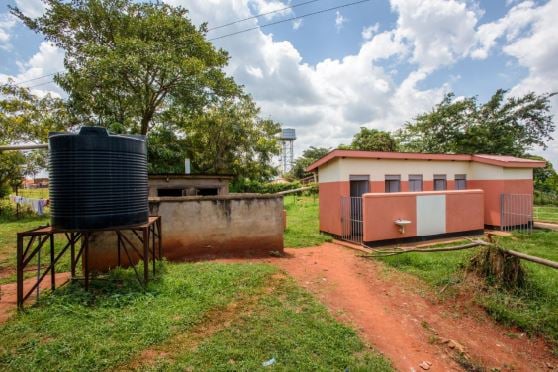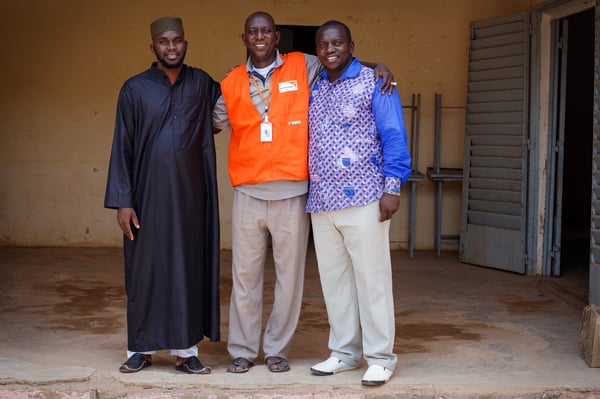|
THE SANITATION CHALLENGE
Who would have thought that the challenge of where to poop would have become the hottest topic in the water, sanitation, and hygiene sector? In just the last few weeks, the World Health Organization (WHO) issued their first comprehensive guidelines on sanitation, Bill Gates pledged an additional $200 million to address the issue, and Laura Kohler of Kohler Co posted an article about efforts to reach people with innovative solutions in sanitation. The challenge of sanitation is a political issue with the Prime Minister of India leading an effort to provide access to toilets for every person in India.
 |
|
The Problem is Huge
The numbers are a bit staggering with 892 million people who defecate in the open, 2.3 billion people who don’t have a toilet or latrine, and 4.5 billion people without access to safely managed sanitation. The impact of unsafe sanitation and resulting exposure to feces results in infectious diseases including dysentery, typhoid fever, and parasitic infections which in turn lead to stunting, impaired cognitive function, and many times death of children. The lack of a toilet and therefore the necessity to defecate in the open result in shame and embarrassment and even sexual assault as women and girls venture into the bushes. Children miss school, mother’s get infections in unsanitary health facilities, and people are not able to lift themselves out of poverty.
What is World Vision doing about it?
As we shared previously in our 2017 annual results, World Vision reached 3 million people with safe sanitation at the household level. In addition, nearly half a million children were provided adequate sanitation in their school and more than 5,000 communities were certified as open defecation free. That’s some pretty big impact, but let’s dig a little deeper into the actual work.
| |
 |
The goal is that every household, school, and health care facility will have a safe sanitation system that separates human excreta from human contact. Because World Vision works in some of the toughest to reach places and with people in extreme poverty, many times the best solution for a household is a deep pit latrine with a slab for the latrine that can be easily cleaned. Many times, a septic tank is the best solution for a school or health clinic. There are also many other alternatives including options that combine human and animal waste in an anaerobic digester or biogas reactor that provides biogas for cooking and lighting. The more intricate options are more sustainable in areas where people have higher incomes.
Having a Toilet is Not Sufficient
Having a toilet available is critical but people also have to use it, clean it, and maintain it. World Vision has a toolbox of techniques to address all of these areas. We work on galvanizing communities to understand the need for sanitation and hygiene behaviors, including available options for sanitation.
We’ve found that children can be important change agents in communities particularly when combined with community-wide efforts. For example, in Burundi, school children visit households to encourage latrine building and we’ve found it to be extremely effective towards elimination of open defecation. And, our work with Sesame Street to encourage proper sanitation, hygiene, and clean water behaviors has now expanded to 11 countries globally.
 |
|
We’ve also seen that faith leaders can be effective in teaching their congregations about healthy sanitation and hygiene behaviors. As a faith-based organization, World Vision is uniquely positioned to work with faith leaders and we have expanded this work in recent years to reach thousands of faith leaders. Here’s a video about our work in this area.
We’re also working with a diverse set of partners to develop new solutions including working with UNICEF on sanitation marketing in Ethiopia and with Water.org in Ethiopia, Cambodia, and Ghana to bring microfinance to households so that they can purchase more attractive toilet options.
The sanitation challenge will not be solved overnight, but we’re committed to bring affordable, dignified, and safe sanitation to communities, and thankful for our partners and donors for being on this journey with us.
|
Upcoming Calendar Events
- Vision Trips (please contact your World Vision representative about participating)
- Honduras (April 22-26, 2019) Join us as we look at four different sectors - including our water, sanitation, and hygiene work!
- Rwanda (May 6-10, 2019) with Dr. Greg Allgood, come and see our water, sanitation, and hygiene work!
- Strong Women Strong World (December 7, 2018) San Francisco, California
- Wine to Water (February 23, 2019) Naples, FL
- Every Last One Conference (March 8-9, 2019) Carlsbad, California
|